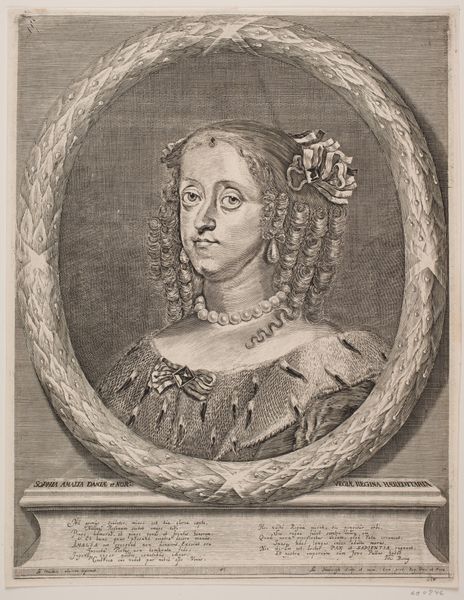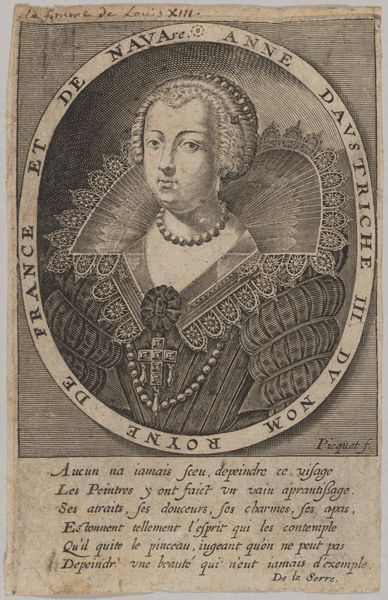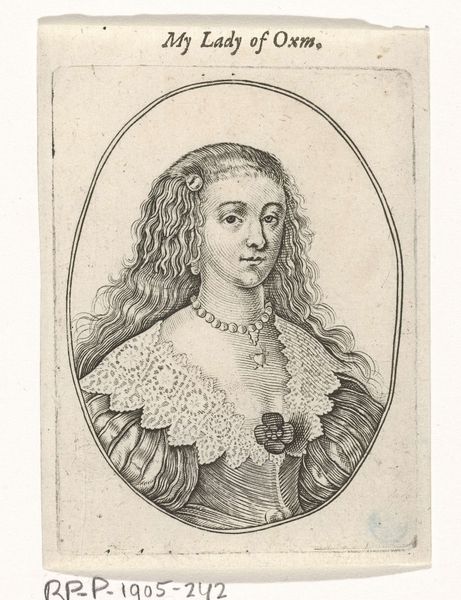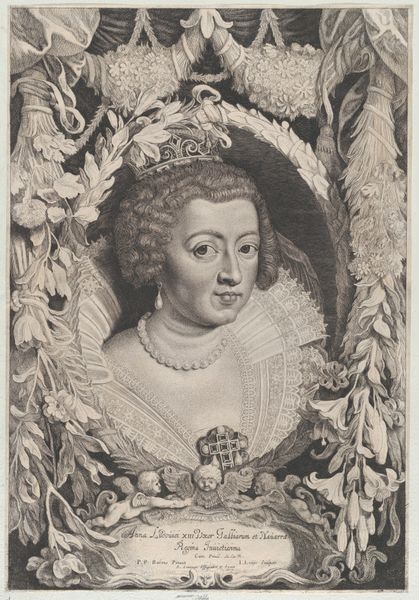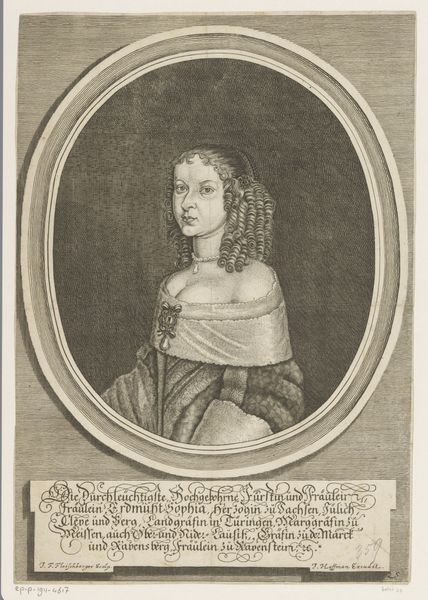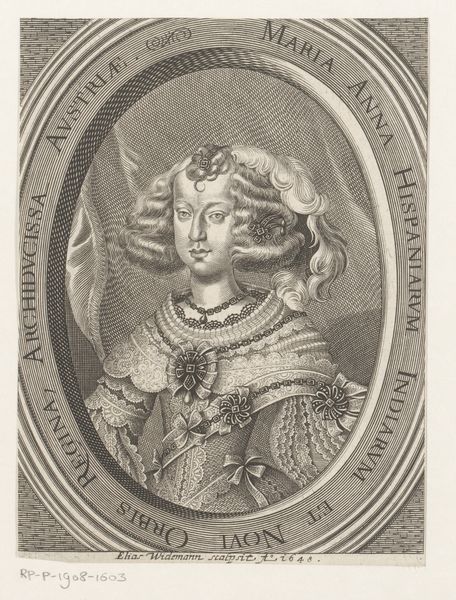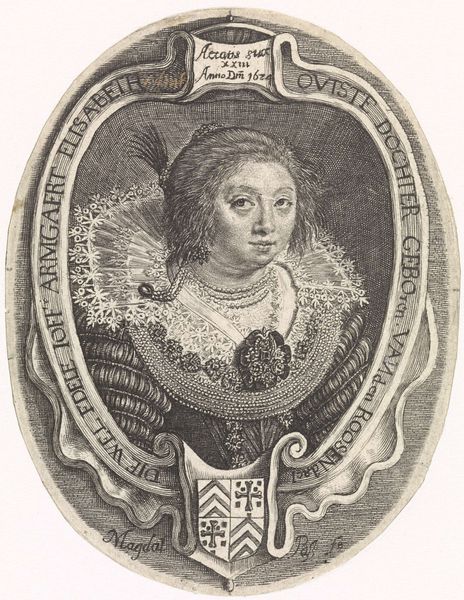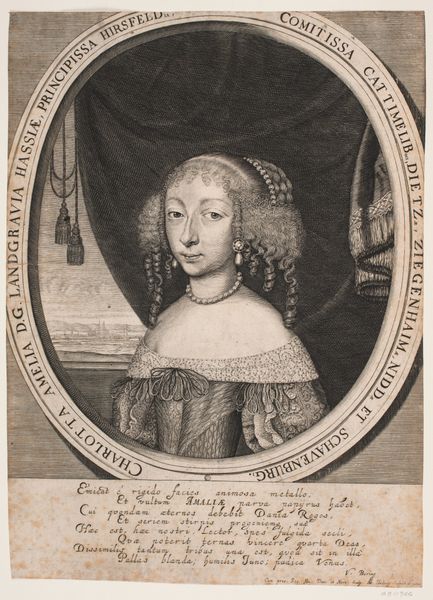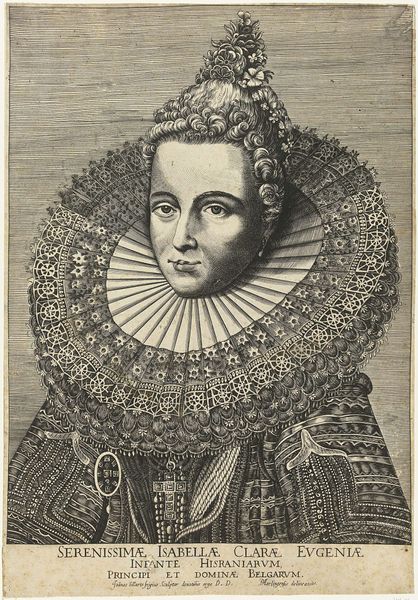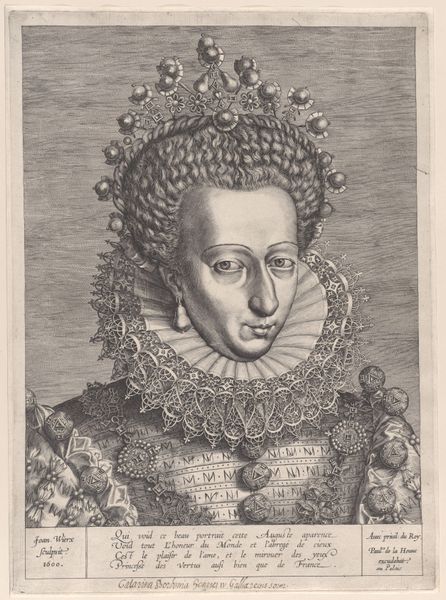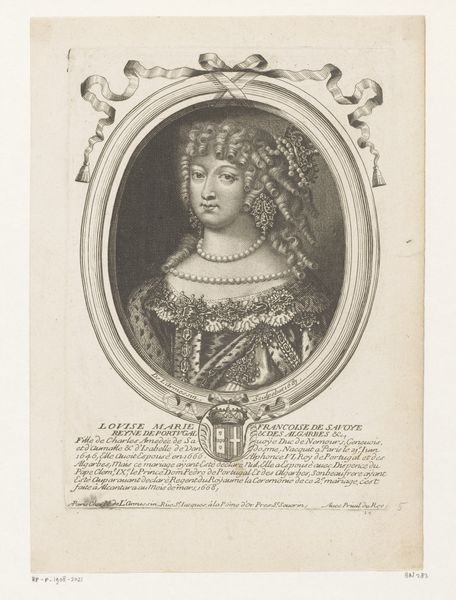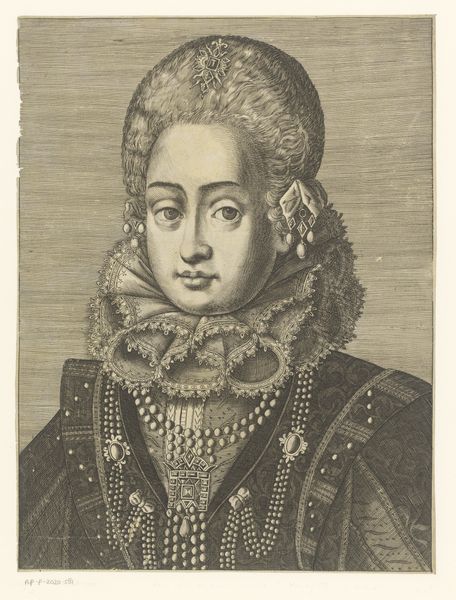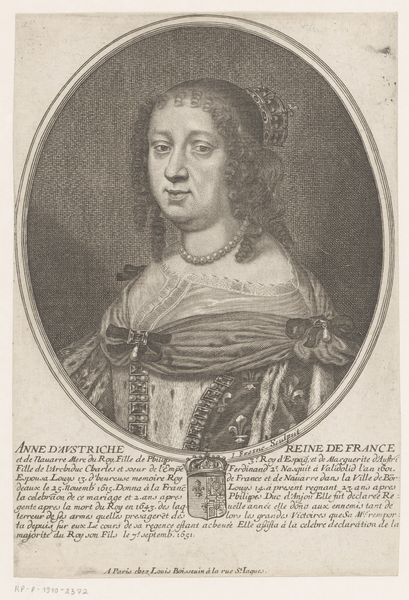
drawing, print, engraving
#
portrait
#
drawing
#
baroque
# print
#
history-painting
#
engraving
Dimensions: Sheet: 2 7/16 × 2 1/16 in. (6.2 × 5.2 cm)
Copyright: Public Domain
Editor: So, this is a 17th-century print of Mary, Queen of Scots, at the Metropolitan Museum of Art. The stark black and white of the engraving creates a very formal, almost severe mood. What strikes you when you look at this piece? Curator: This engraving is compelling as a reproduction, not just as an aesthetic object. Its circulation speaks volumes. Think about the power dynamics at play: Mary, a woman, a Queen, but also a Catholic in a politically tumultuous, Protestant-dominated Europe. How do you think her image, particularly a circulated print, would function? Editor: It’s almost like propaganda, right? Depending on who commissioned or distributed it. Was it trying to inspire sympathy or fear? Curator: Precisely! Consider how her portrayal here – regal, but almost melancholic – contributes to a specific narrative. The dress, the veil, the cross she's holding. Each of these signifies power but also, arguably, victimhood. The printing process itself allows for a broader dissemination of carefully crafted messaging about female rule, religion, and authority. How might that impact viewers differently based on their own religious or political affiliations? Editor: So it becomes almost a mirror, reflecting the viewer's own beliefs and anxieties back at them. The same image could be used to either legitimize or condemn her. Curator: Exactly. It allows us to explore the complexities of female power and its representation during this period. The act of re-printing also raises an interesting point: how far do the printed versions go in diverging or remaining the same as the original? Is authenticity a matter of degree here, given that engravings are reproductive images from the start? Editor: That is incredibly complex. This engraving becomes more than just an image; it's a tool, a signifier within a larger, ongoing power struggle. Thank you for making that connection for me. Curator: My pleasure. It shows that even seemingly simple portraits can reveal a world of socio-political meaning.
Comments
No comments
Be the first to comment and join the conversation on the ultimate creative platform.
